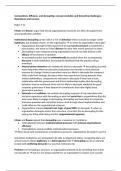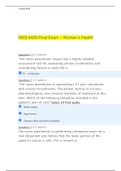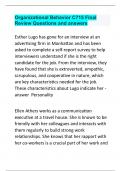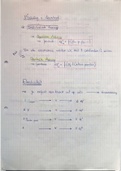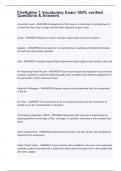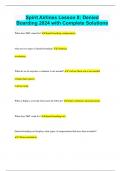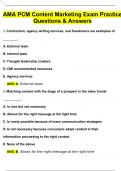Summary
Summary of required literature of Organisation and Society, 2024
- Course
- Institution
This is a summary of all the required literature of Organisation and Society. It is completely written in English. It contains all the required literature, including: - Isomorphism, diffusion, and decoupling: concept evolution and theoretical challenges (Boxenbaum and Jonsson) - Imprinting: ...
[Show more]
